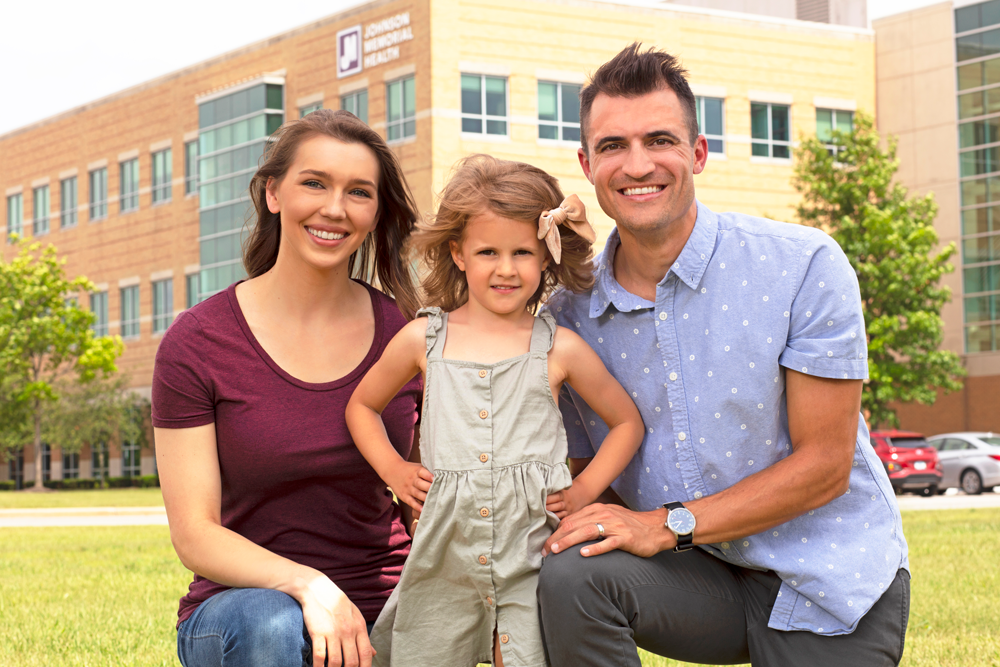Neurofibroma
Overview
A neurofibroma is a type of peripheral nerve tumor that forms a soft bump on or under the skin. The tumor can develop within a major or minor nerve anywhere in the body.
This common type of nerve tumor tends to form centrally within the nerve. A neurofibroma forms on the protective covering of the nerve, known as the nerve sheath. Sometimes it grows on several nerve bundles. When this happens, it's called a plexiform neurofibroma.
A neurofibroma may cause mild symptoms or no symptoms at all. If the tumor presses against nerves or grows within them, it may cause pain or numbness.
A neurofibroma usually isn't cancer. Rarely, it can become cancer.
Symptoms
A neurofibroma might cause no symptoms. If symptoms occur, they're usually mild. When a neurofibroma grows on or under the skin, symptoms may include:
- A bump on the skin. The bump may be the color of your skin or pink or tan.
- Pain.
- Bleeding.
If a neurofibroma becomes large or presses against or grows on a nerve, symptoms may include:
- Pain.
- Tingling.
- Numbness or weakness.
- Change in appearance when a large neurofibroma is on the face.
Some people with neurofibromas have a genetic condition known as neurofibromatosis type 1 (NF1). A person with NF1 may have many neurofibromas. The number of neurofibromas increases with age.
A tumor that involves many nerves, known as a plexiform neurofibroma, can occur in a person with NF1. This type of neurofibroma can grow large and cause pain. It also can become cancerous.
Causes
A neurofibroma can arise with no known cause, or it may appear in people with a genetic condition called neurofibromatosis type 1. Neurofibromas most often are found in people ages 20 to 30 years old.
Risk factors
The only known risk factor for neurofibromas is having the genetic condition known as neurofibromatosis type 1 (NF1). People with NF1 have several neurofibromas, along with other symptoms. In about half of the people with NF1, the disease was passed down from a parent. However, most people with neurofibromas don't have NF1.
Diagnosis
To diagnose a neurofibroma, your healthcare professional gives you a physical exam and reviews your medical history.
You may need an imaging test such as a CT or MRI scan. Imaging can help find the location of the tumor. CT and MRI also can find very small tumors and show what tissues are affected. A PET scan can reveal whether the tumor is cancer. A tumor that's not cancerous is known as benign.
A sample of the neurofibroma may be taken and tested for diagnosis. This is known as a biopsy. A biopsy also may be needed if surgery is being considered as a treatment.
Treatment
Neurofibroma treatment isn't needed for a single tumor with no symptoms. Healthcare professionals usually monitor the neurofibroma. Surgery may be needed if the tumor is causing symptoms or for cosmetic reasons. Treatment may include:
- Monitoring. Your healthcare professional may recommend observation of a small neurofibroma that causes no symptoms. Monitoring also may be recommended if the neurofibroma causes symptoms but is located in an area that makes it hard to remove. Observation includes regular checkups and imaging tests to see if the tumor is growing.
- Medicine to treat a plexiform neurofibroma. Selumetinib (Koselugo) has been approved to treat a plexiform neurofibroma in children with neurofibromatosis type 1. A plexiform neurofibroma grows on many nerves. The medicine can shrink the tumor.
-
Surgery to remove the tumor. Symptoms can be relieved by removing all or part of a neurofibroma that's pressing on nearby tissue or damaging organs. The type of surgery depends on the location and size of the tumor. The type of surgery also depends on whether the neurofibroma is intertwined with more than one nerve. The goal of surgery is to remove as much of the tumor as possible without causing further nerve damage.
After surgery, you may need physical rehabilitation. Physical therapists and occupational therapists can guide you through exercises that keep your muscles and joints active. Rehabilitation also helps prevent stiffness and restore your function and feeling.
- Clinical trials. You may qualify for a clinical trial testing an experimental treatment.



